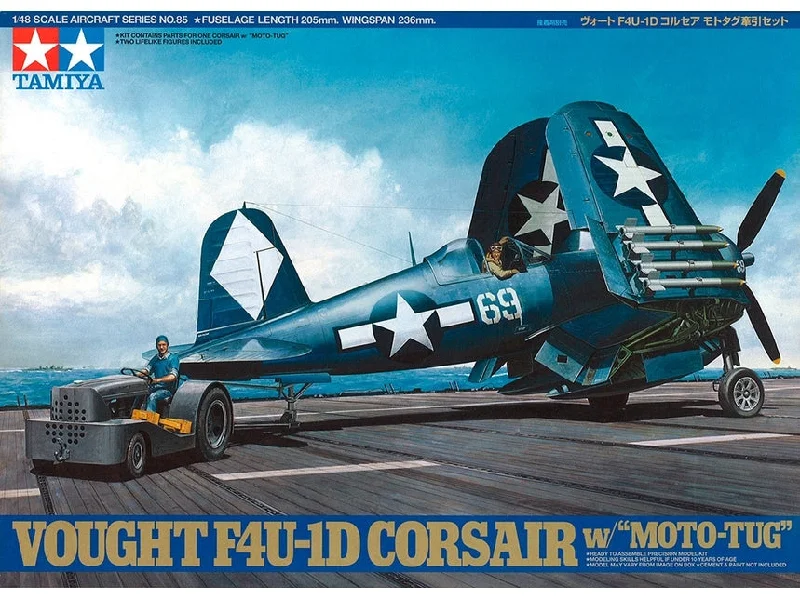Details:
Fast and heavily armed, the Corsair dominated opposing Japanese aircraft in the latter half of WWII. Following the initial F4U-1 and F4U-1A variants which were flown from land bases by the U.S. Marine Corps, the F4U-1D introduced in April 1944 was the first official carrier-capable version. It had a raised pilot seat position, bubble canopy and broader propeller blades. In addition to its six 12.7mm machine guns, it had two additional pylons on the inner wings as well as the ability to carry eight rockets on the outer wings. The type was used as a fighter-bomber in attacks against the Japanese home islands from February 1945.

